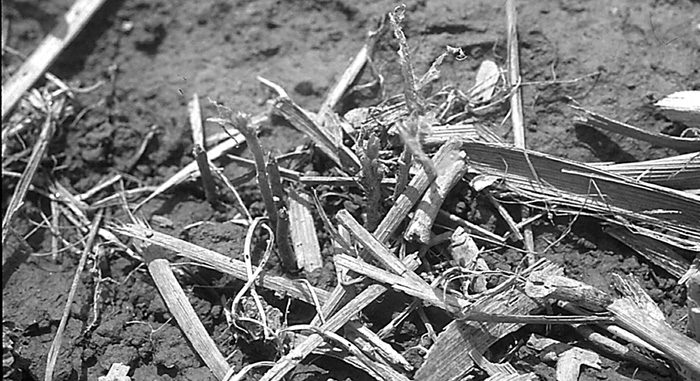No-Till Farmer
Get full access NOW to the most comprehensive, powerful and easy-to-use online resource for no-tillage practices. Just one good idea will pay for your subscription hundreds of times over.

Slugs were likely a major worry for some no-tillers again this spring. In fact, a few Ohio growers have abandoned no-till because of them, maintains Ron Hammond, entomologist with the Ohio State University Agricultural Experiment Station at Wooster, Ohio.
But the ability to identify, monitor and manage slugs can help no-tillers win the battle. Hammond says the gray garden slug is the most economically damaging of the lot. Through fall and spring monitoring and certain management practices, no-tillers can help keep their losses down and maybe even enjoy a beer along the way.
Slug damage corresponds to the timing of the hatch and crop emergence. “If the corn is fairly small, which is fairly unusual in terms of the egg hatch, you’ll get feeding on leaves that are just coming out of the ground,” explains Hammond.
The entomologist notes that the egg hatch in central Ohio generally occurs in mid- to late May with damage occurring in June. “Normally we get a lot of damage when the corn is a bit taller (at the two- to three-leaf stage),” he says. “But even when the corn is a lot taller, there can still be a lot of damage.
“As long as newer corn leaves have clean leaf tissue and are not being damaged, we’re usually past the stage where we have to treat. But if those upper leaves are still being defoliated and the crop isn’t growing well because of the warmer temperatures, you might have to…